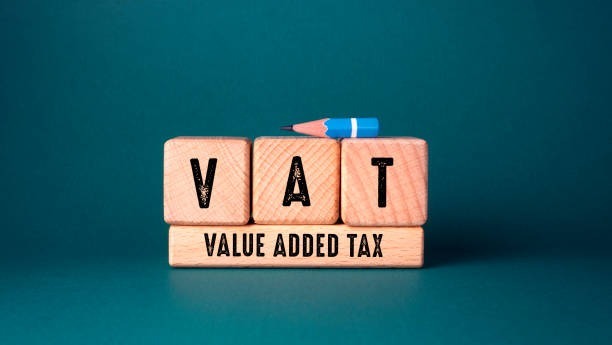Value Added Tax (VAT) is an essential part of the UK’s tax system, impacting businesses and consumers alike. Whether you're a business owner, accountant, or just want to understand VAT, this guide covers everything you need to know about UK VAT, including how to calculate it and the benefits of using a VAT calculator like the one available on CalcVAT.uk.

What is VAT?
Value Added Tax (VAT) is a consumption tax placed on goods and services. It’s one of the primary ways the UK government generates revenue and applies to most goods and services sold by VAT-registered businesses. Unlike income tax or corporation tax, VAT is a tax on consumption, meaning it is ultimately borne by the end consumer.
How VAT Works in the UK
VAT is charged at different stages of the supply chain, starting from raw materials to production and distribution. Each business in this chain charges VAT on its products or services but can also reclaim any VAT they’ve paid on purchases. The consumer, who is the final buyer in the chain, cannot reclaim VAT, which means they bear the final cost.
Who Needs to Pay VAT?
If you're a VAT-registered business in the UK, you must charge VAT on your goods and services and submit VAT returns regularly. You can also reclaim VAT on certain business expenses. The responsibility of VAT collection and payment lies with businesses that meet the VAT threshold, which is set at an annual taxable turnover of £85,000 (as of 2024). Businesses below this threshold may voluntarily register for VAT, especially if they incur significant VAT on purchases they want to reclaim.
Types of VAT Rates in the UK
The UK has three primary VAT rates:
- Standard Rate (20%): Applies to most goods and services.
- Reduced Rate (5%): Applied to certain goods and services, such as home energy, children’s car seats, and certain health products.
- Zero Rate (0%): Applies to specific goods and services, such as children’s clothes, books, and most foods.
In addition to these rates, some goods and services are exempt from VAT, meaning no VAT is charged or reclaimed, such as certain financial and educational services.
Calculating VAT in the UK
Calculating VAT can be straightforward, but it requires careful attention to detail. Here are the key calculations for VAT:
Adding VAT to the Net Price
If you have the net price (the price before VAT) and want to find the total price including VAT:
- Net Price x (1 + VAT Rate) = Gross Price
- Example: If the net price is £100, and the VAT rate is 20%, the gross price is £100 x 1.20 = £120.
Removing VAT from the Gross Price
If you have the gross price (price including VAT) and want to find the net price:
- Gross Price ÷ (1 + VAT Rate) = Net Price
- Example: If the gross price is £120 with a VAT rate of 20%, the net price is £120 ÷ 1.20 = £100.
Calculating the VAT Amount
To calculate just the VAT amount:
- Gross Price - Net Price = VAT Amount
- Alternatively, you can calculate the VAT by: Net Price x VAT Rate